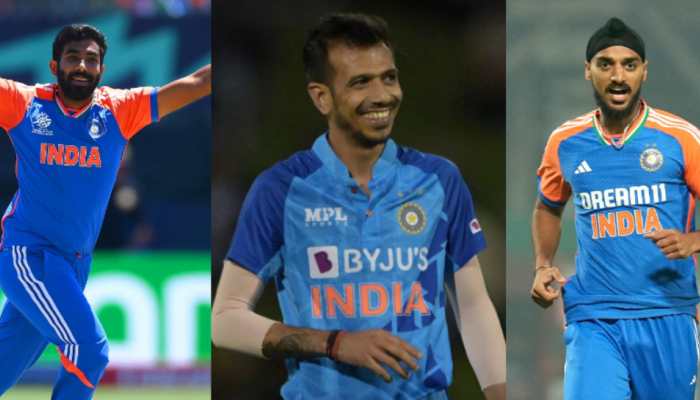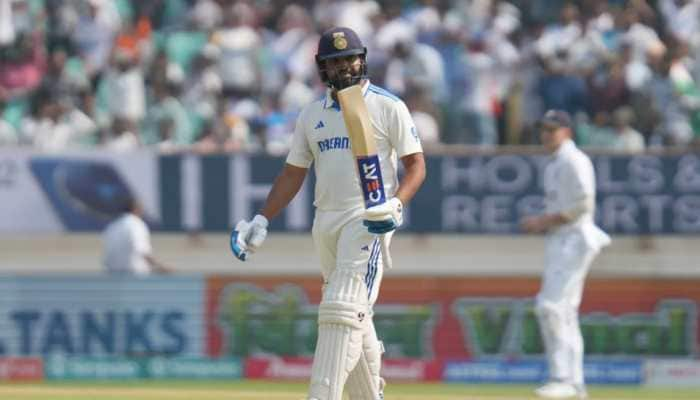From Your Grandma’s Kitchen: Classic Indian Sweets That Never Fade
In recent years, the world of food has seen a delightful resurgence of retro Indian desserts that once graced the kitchens of our grandmothers. These classic sweets, which hold a special place in Indian households, are making a strong comeback, not only because of their nostalgic charm but also due to the rising trend of comfort food and traditional flavors. Let's take a closer look at some of these vintage Indian desserts and how they are capturing hearts once again.
Classic Indian Sweets That Never Fade
)
The comeback of retro Indian desserts is not just about food; it’s about reliving cherished memories, celebrating our heritage, and finding comfort in time-honored flavors. As these sweets re-enter our lives, they carry with them the stories of generations past, while being reinvented for a new age. So, whether it's a bite of crispy Imarti or a spoonful of creamy Phirni, these desserts remind us that sometimes, the old ways really are the sweetest.
Imarti

A cousin of the popular jalebi, Imarti is a deep-fried spiral-shaped dessert made from urad dal (black gram) and soaked in sugar syrup. Its vibrant orange color and intricate patterns make it a visual delight. Once a festive staple, Imarti is regaining popularity in sweet shops across India due to its crispy texture and syrupy sweetness. Often served with rabri (sweetened condensed milk), it's a treat that transports you back to traditional Indian festivities.
Nankhatai

Known as India's version of shortbread, Nankhatai is a crumbly, melt-in-the-mouth cookie made from ghee, sugar, and flour. It was once a favorite tea-time snack, especially in North Indian homes. Today, it's seeing a resurgence as people appreciate its simplicity and old-school flavor. Many bakeries are now reinventing this classic by adding cardamom, saffron, and even nuts to give it a modern twist, while keeping its essence intact.
Kulfi Falooda

A traditional frozen dessert that dates back to the Mughal era, Kulfi Falooda is a rich and creamy ice cream paired with vermicelli-like noodles, rose syrup, and sweetened milk. This indulgent dessert was once a summer must-have at street vendors across India. With the growing fondness for artisanal and handcrafted ice creams, kulfi falooda has made a strong comeback in modern dessert parlors, offering both nostalgic flavors and creative variations such as mango and pistachio.
Malpua

A pancake-like dessert, Malpua is made from flour, sugar, and spices, then deep-fried and soaked in sugar syrup. It has been a festive favorite, particularly during Holi and other celebrations. Its crispy edges and soft center make it a textural treat. Recently, malpua has been revamped by chefs who are experimenting with flavors like saffron, fennel, and dry fruits, making it a star dish at Indian weddings and festivals once again.
Khaja

An ancient dessert from the eastern states like Bihar and Odisha, Khaja is a puff pastry-like sweet made from layers of dough, deep-fried, and coated with sugar syrup. Known for its crispy and flaky texture, it was once a must-have at weddings and temple offerings. The comeback of khaja is largely due to its unique, old-world charm. It has found its way back into the limelight, being featured in gourmet stores and gaining recognition outside traditional settings.
Mysore Pak

One of South India's most beloved desserts, Mysore Pak is a fudge-like sweet made from gram flour, sugar, and ghee. Its soft, melt-in-your-mouth texture and buttery flavor have been adored for generations. Today, it is undergoing a revival with premium versions made from organic ghee and healthier ingredients. Even luxury hotels and gourmet sweet shops are including this golden delight on their menus, bringing it back into the spotlight.
Ghevar

An elaborate dessert originating from Rajasthan, Ghevar is a disc-shaped cake soaked in sugar syrup and often topped with rabri, nuts, and saffron. Once reserved for festivals like Teej and Raksha Bandhan, Ghevar is now making a year-round appearance in modern dessert menus. With its intricate preparation and rich flavor, this treat has re-emerged as a symbol of indulgence and traditional luxury.
Phirni

A creamy, rice-based pudding, Phirni is a centuries-old dessert that was once reserved for royal feasts. Made by slow-cooking ground rice with milk and sugar, and flavored with saffron or cardamom, phirni is served chilled in earthen pots. It is gaining popularity once again, thanks to its comforting texture and the increasing demand for traditional, slow-cooked desserts. Modern versions of phirni, infused with flavors like rose, mango, and chocolate, are delighting dessert lovers across India.
Petha

A signature sweet of Agra, Petha is a translucent, soft candy made from ash gourd (winter melon) and flavored with cardamom or saffron. Once a simple delicacy, it has been reinvented in various forms like kesar petha and angoori petha. The revival of this classic treat can be attributed to the growing interest in regional Indian sweets, and it is now being appreciated for its natural ingredients and distinct texture.
Mohanthal

Originating from Gujarat and Rajasthan, Mohanthal is a dense, fudgy dessert made from gram flour, ghee, and sugar. This classic sweet was traditionally prepared during festivals like Diwali. It is now experiencing a revival as more people look for comfort in traditional flavors. The combination of earthy besan and aromatic spices makes Mohanthal a hit in both traditional households and modern gourmet menus.
Trending Photos








